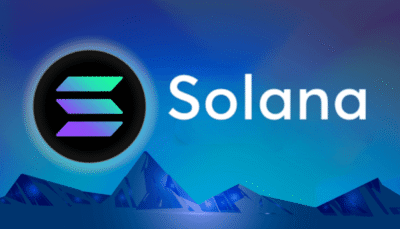Ethereum co-founder Vitalik Buterin has indicated that the blockchain network may transition to the Poseidon cryptographic hash function to optimize zero-knowledge (zk) proof efficiency. In a recent post on X, Buterin urged researchers to participate in the Poseidon cryptanalysis program, stressing the importance of thoroughly evaluating its security properties before Ethereum moves forward with its adoption.
This announcement comes as Ethereum developers explore solutions to enhance the network’s performance, particularly in the realm of zk-proofs. The shift to Poseidon could mark a significant change in Ethereum’s cryptographic framework, potentially improving transaction speeds and reducing computational overhead.
Why Ethereum Is Considering Poseidon Hash
Ethereum currently relies on Keccak, a widely used hash function, but zk-proofs require optimized arithmetic operations for efficiency. Poseidon is specifically designed for zk-friendly environments, offering lower computational costs in applications such as SNARKs and STARKs. These proof systems underpin Ethereum’s scaling solutions, ensuring transaction privacy and reducing on-chain data requirements.
Unlike SHA-256 or Keccak, Poseidon operates with minimal complexity in arithmetic circuits, making zk-proof verification significantly faster. This is crucial for Ethereum’s roadmap, as the blockchain aims to improve scalability without compromising security. Buterin’s push for cryptanalysis underscores Ethereum’s cautious approach to adopting new cryptographic methods, ensuring robustness before implementing Poseidon at scale.
Buterin’s call for increased research into Poseidon highlights the importance of security in Ethereum’s infrastructure. The cryptanalysis program has been extended until March 15, 2025, allowing researchers to examine potential vulnerabilities before Ethereum considers full integration.
Security is a growing concern in the cryptocurrency industry, especially in light of high-profile exploits. The recent Bybit hack, which resulted in a loss exceeding $1.46 billion, underscores the need for robust cryptographic protections. If Poseidon is to replace Keccak or be introduced as an alternative, Ethereum developers must first validate its resilience against potential attacks.
Next Steps for Ethereum’s Adoption of Poseidon
Discussions are ongoing about how Poseidon could be integrated into the Ethereum Virtual Machine (EVM). One proposal suggests implementing it as a precompiled contract, which would allow developers to leverage Poseidon without excessive computational costs. However, this idea remains in the draft stage and has yet to undergo rigorous testing.
Ethereum’s broader upgrade strategy includes enhancing zk-rollups and Layer 2 scaling solutions, making efficient cryptographic operations a priority. Should Poseidon prove its security and efficiency advantages, it may become a foundational element in Ethereum’s next phase of development.
While no final decision has been made, the research phase will play a crucial role in determining whether Ethereum adopts Poseidon. Buterin’s endorsement signals serious consideration, but the community will await further cryptanalysis before a definitive shift occurs.





